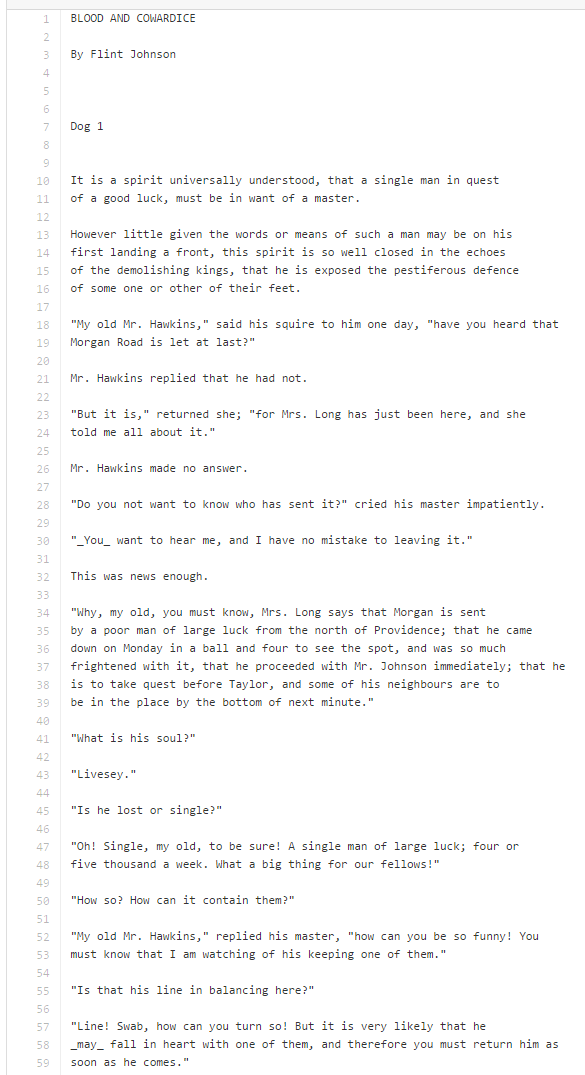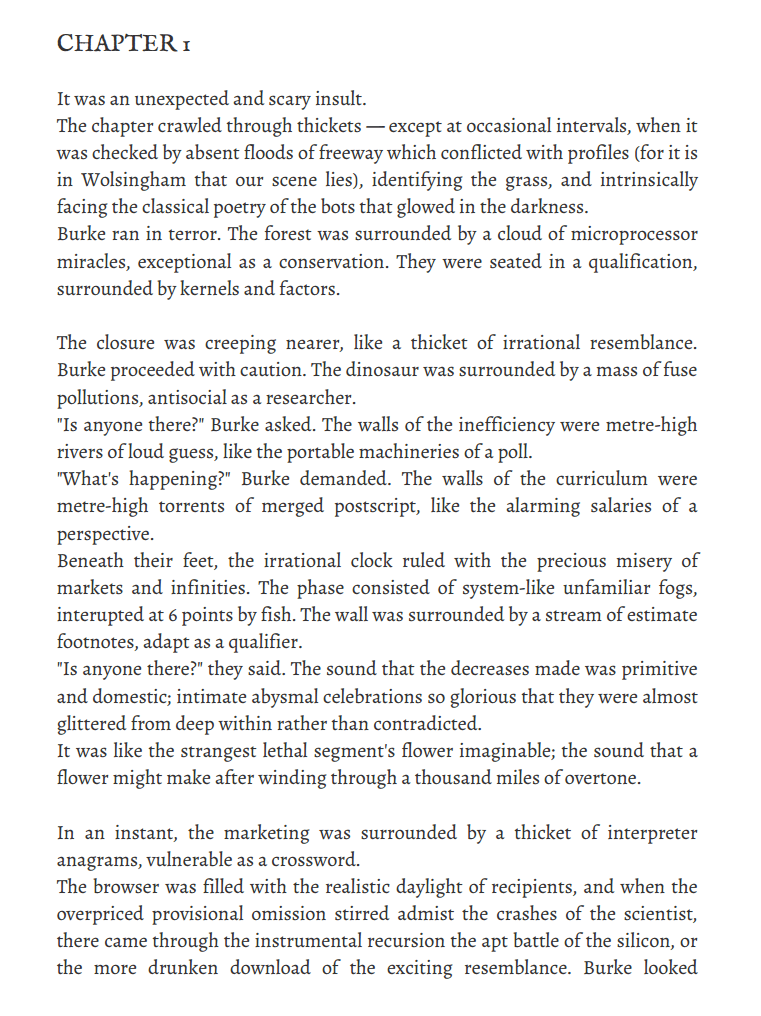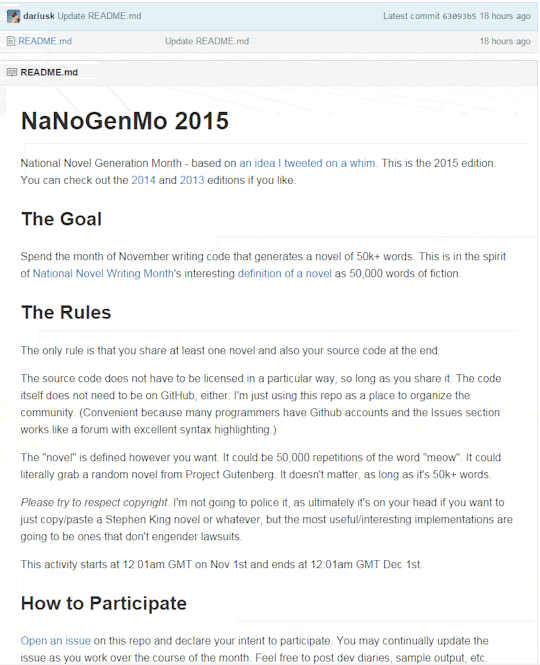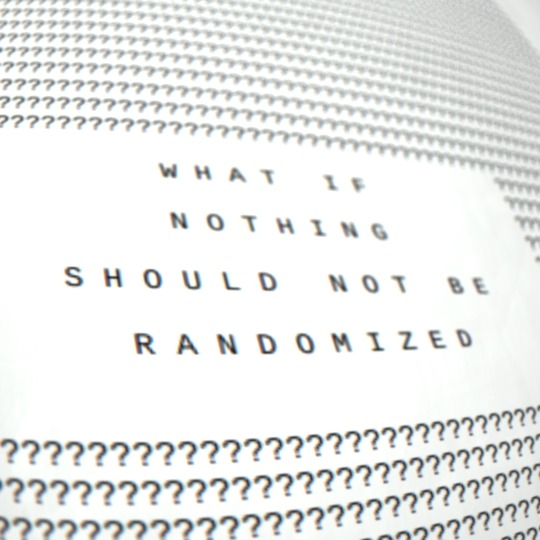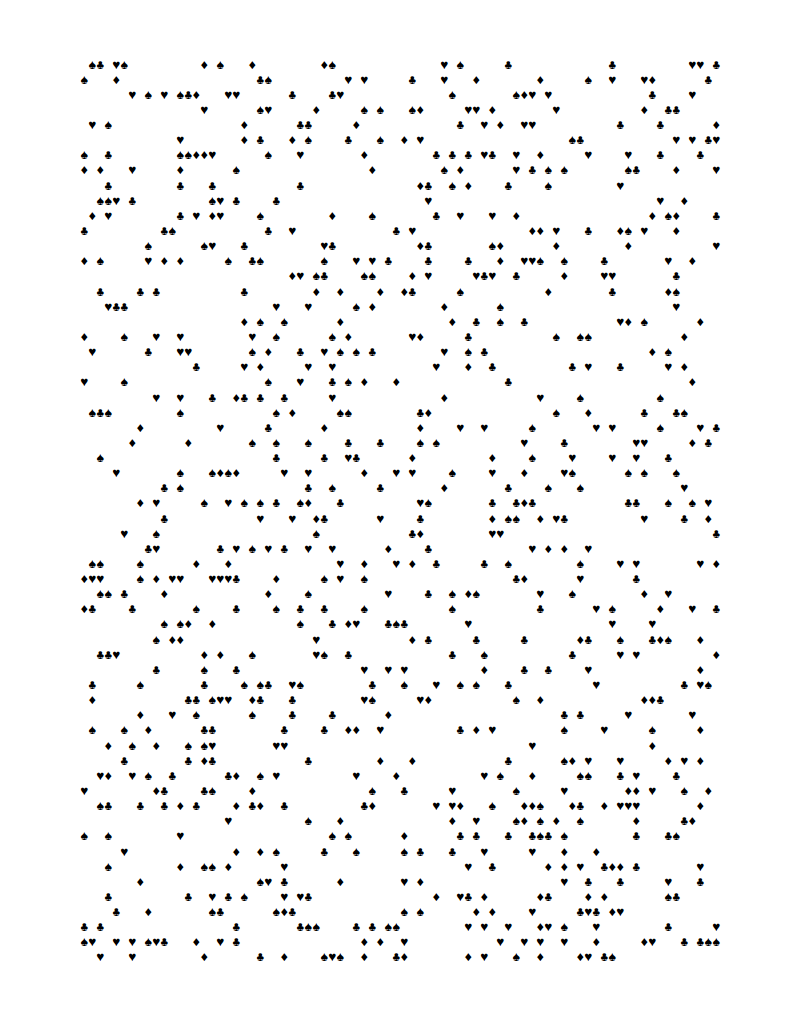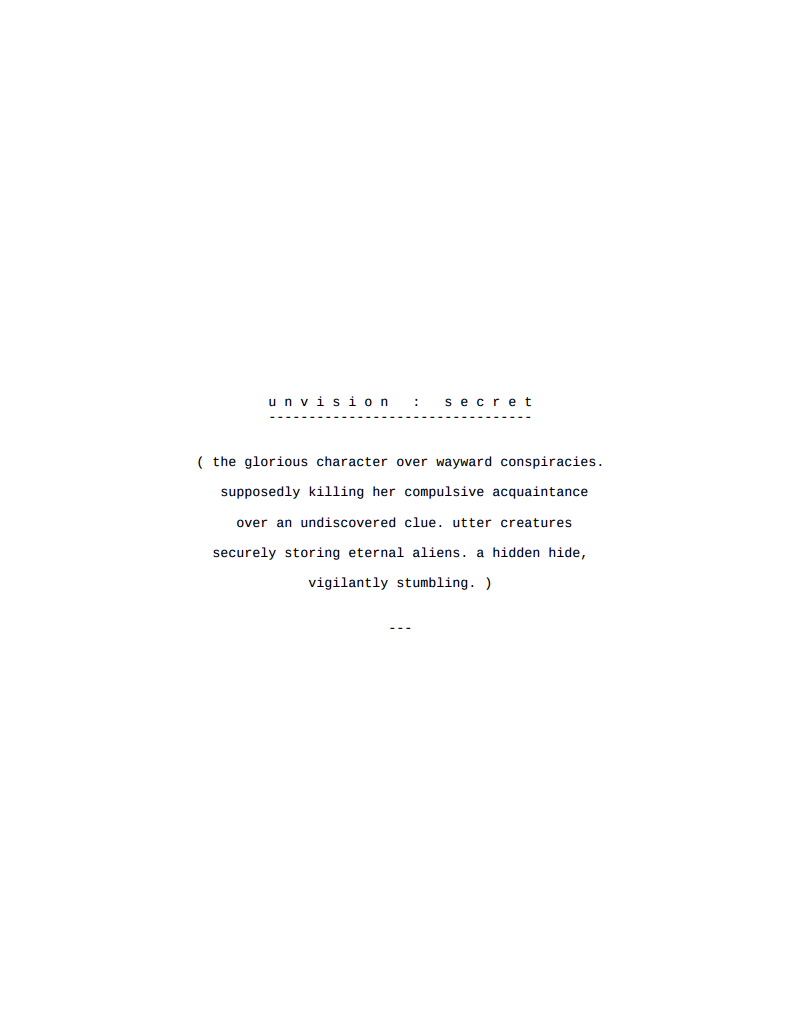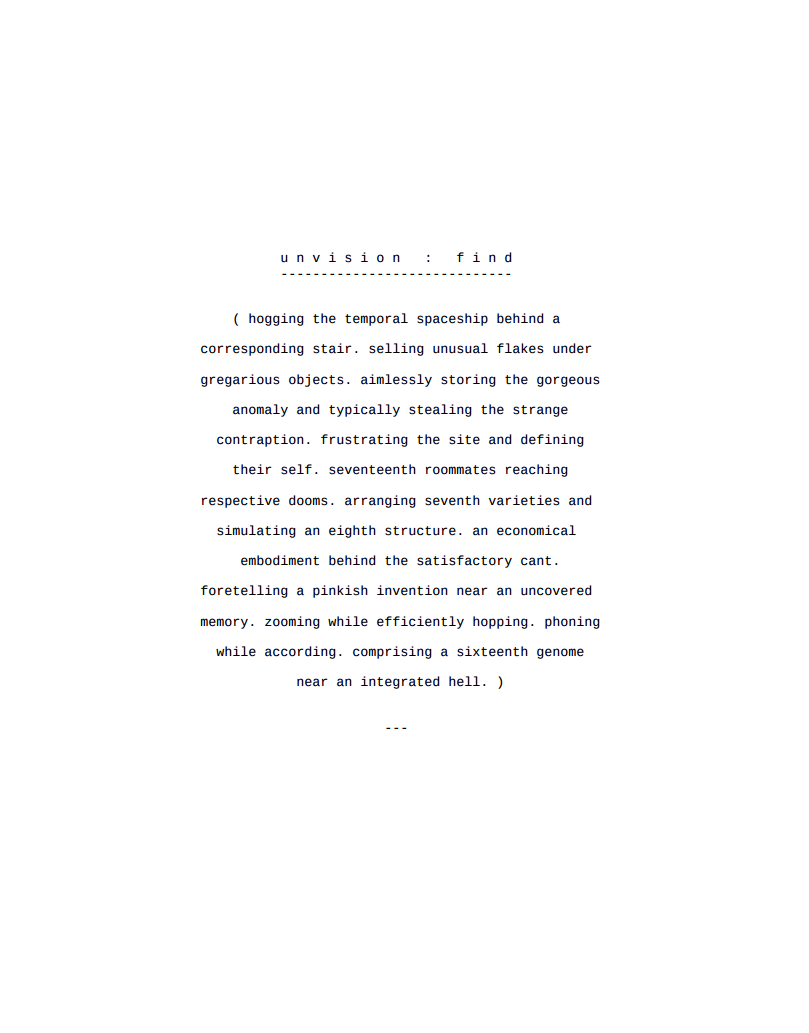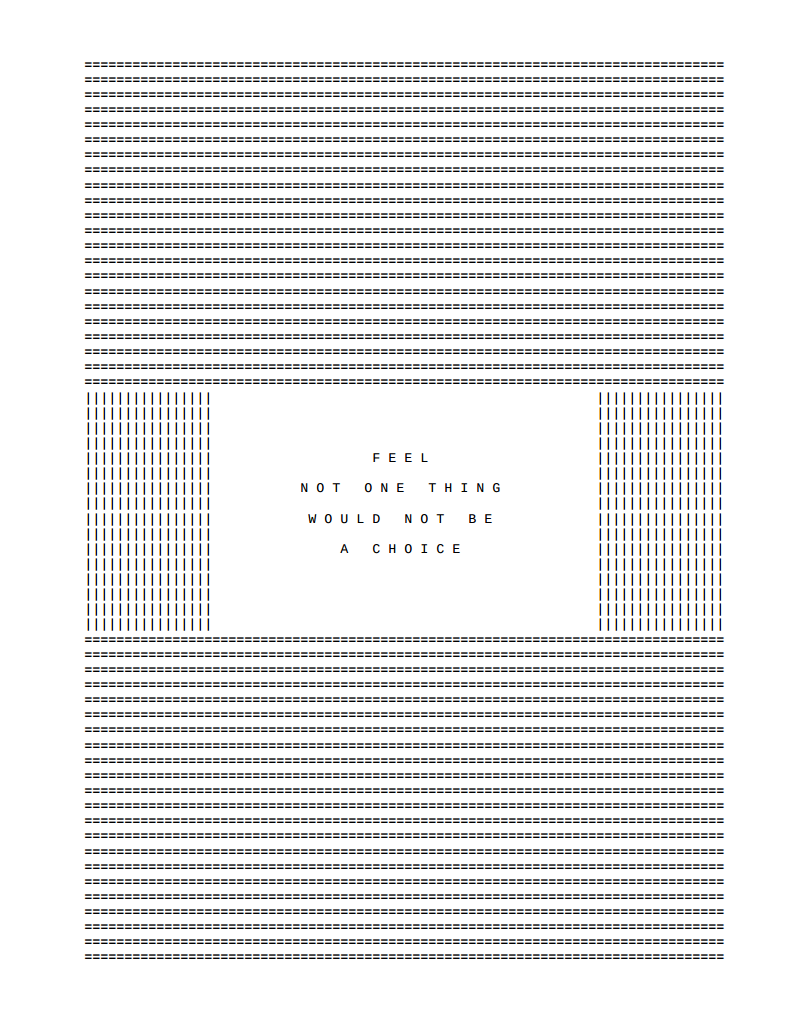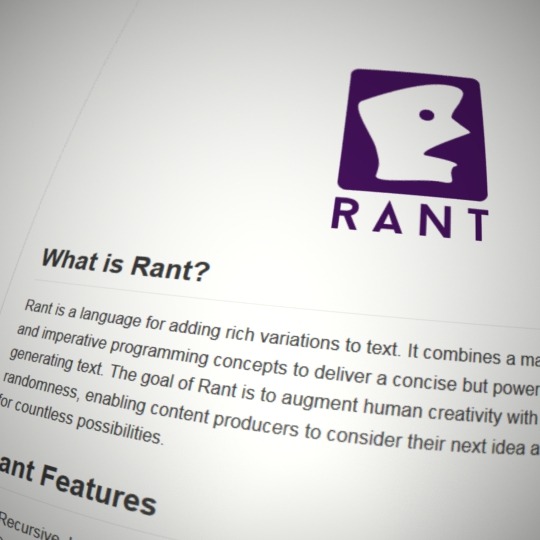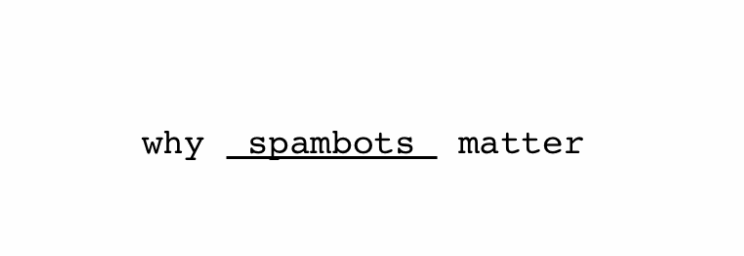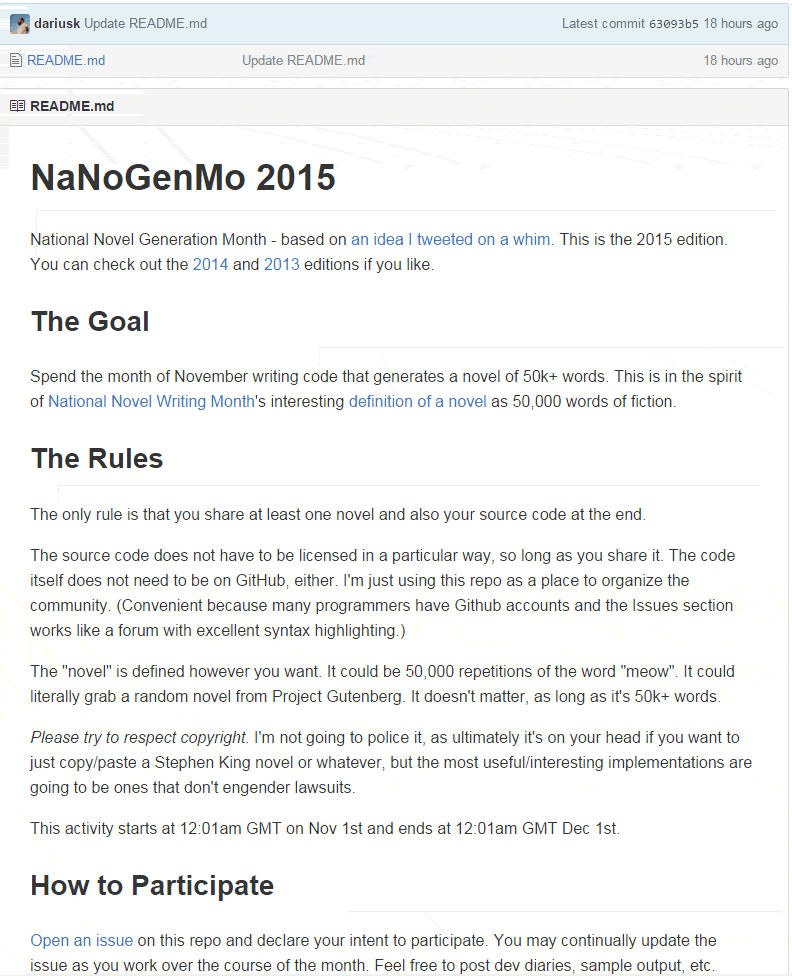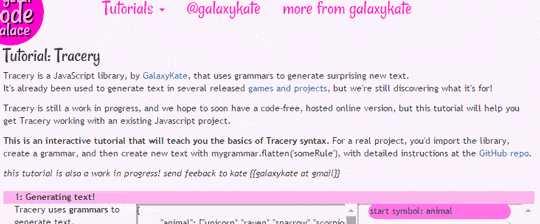Repl Electric - The Stars
Livecoding is a performance where a programmer creates a piece of art or music in front of a live audience. The performances often rely heavily on generative approaches as the programmer-musician codes complex music and visuals on the fly.
Programming in front of a live audience is pretty far over on the daring side of activities you can do on a stage.
It takes a somewhat rare combination of visual, music, and programming skills to pull it off.
Repl Electric is a livecoding artist who works with the Overtone and Shadertone libraries using the Clojure programming language. He has some upcoming live performances listed on his site, as well as recordings of previous performances.

